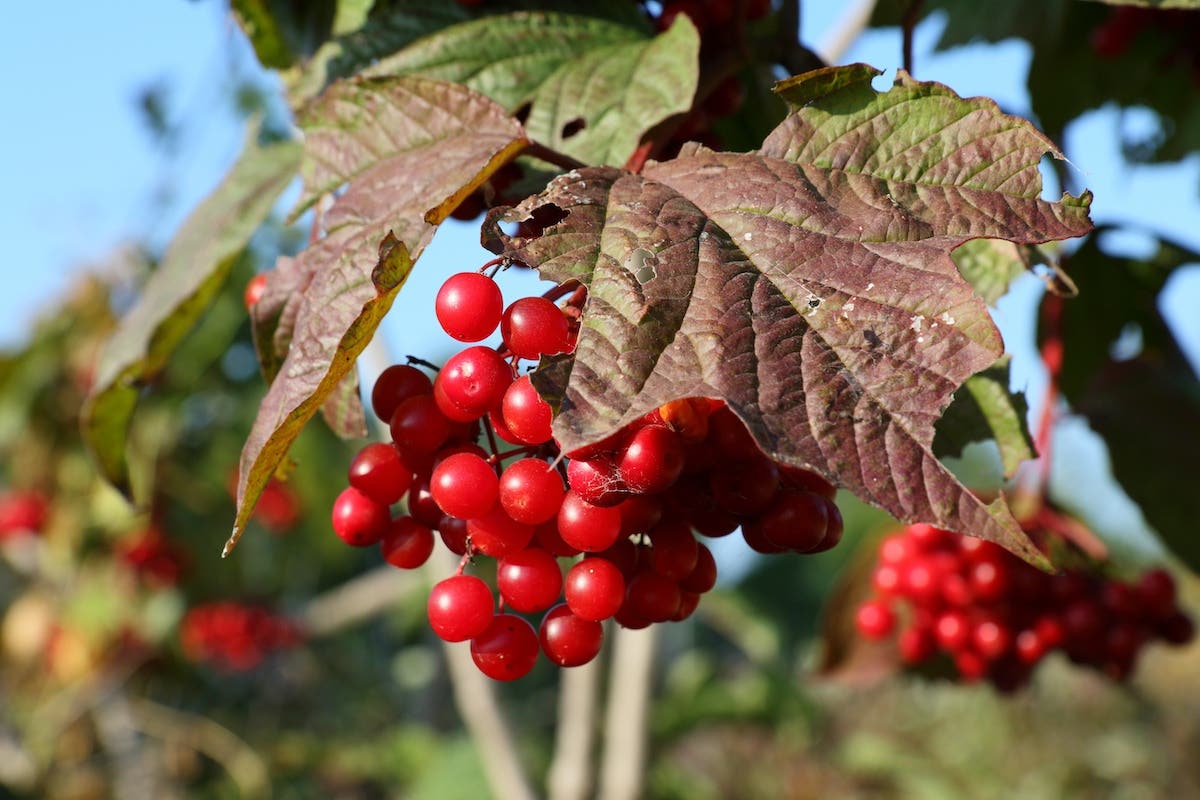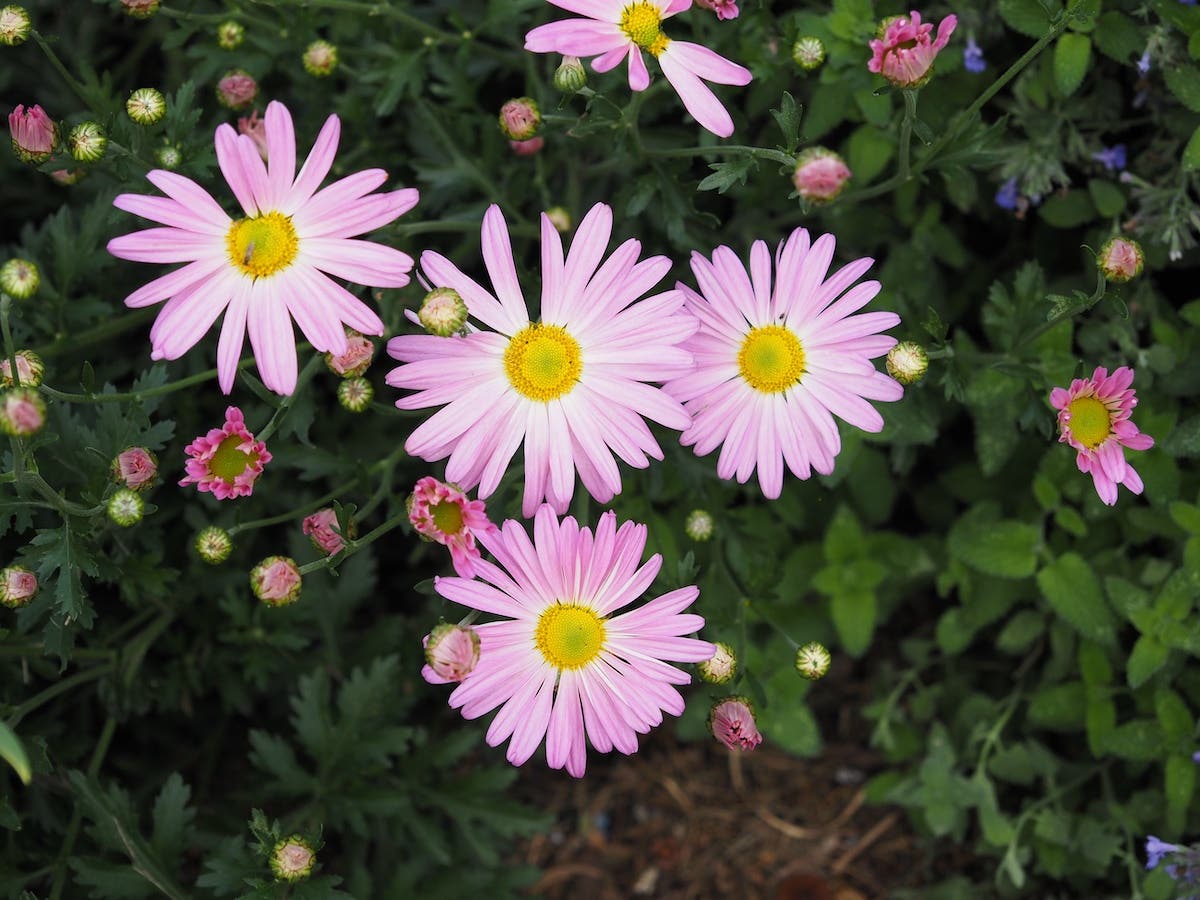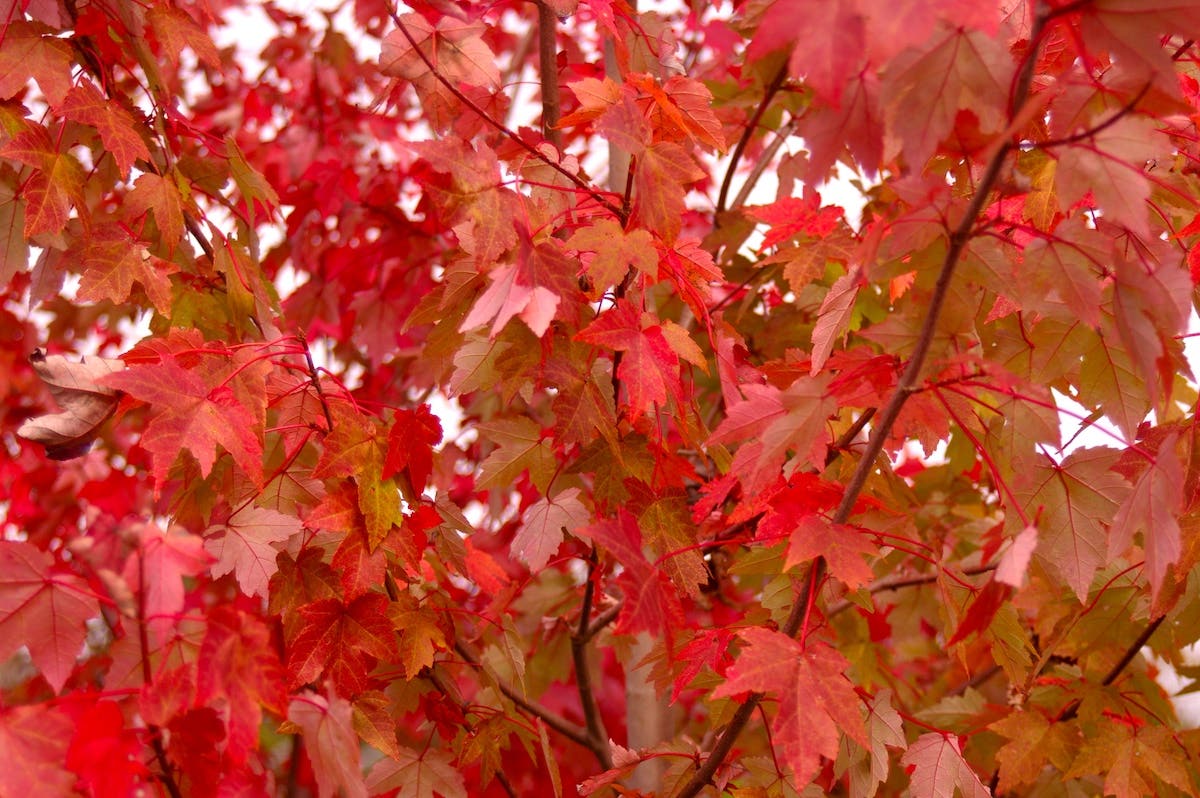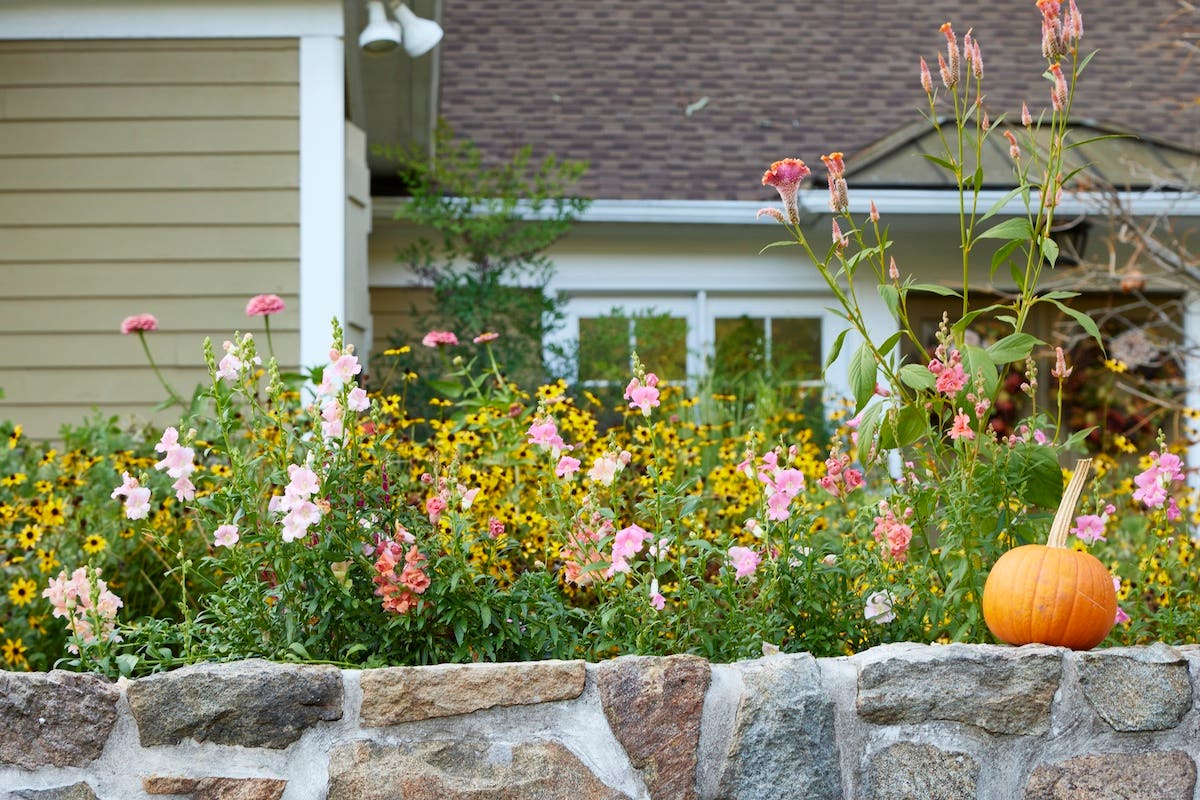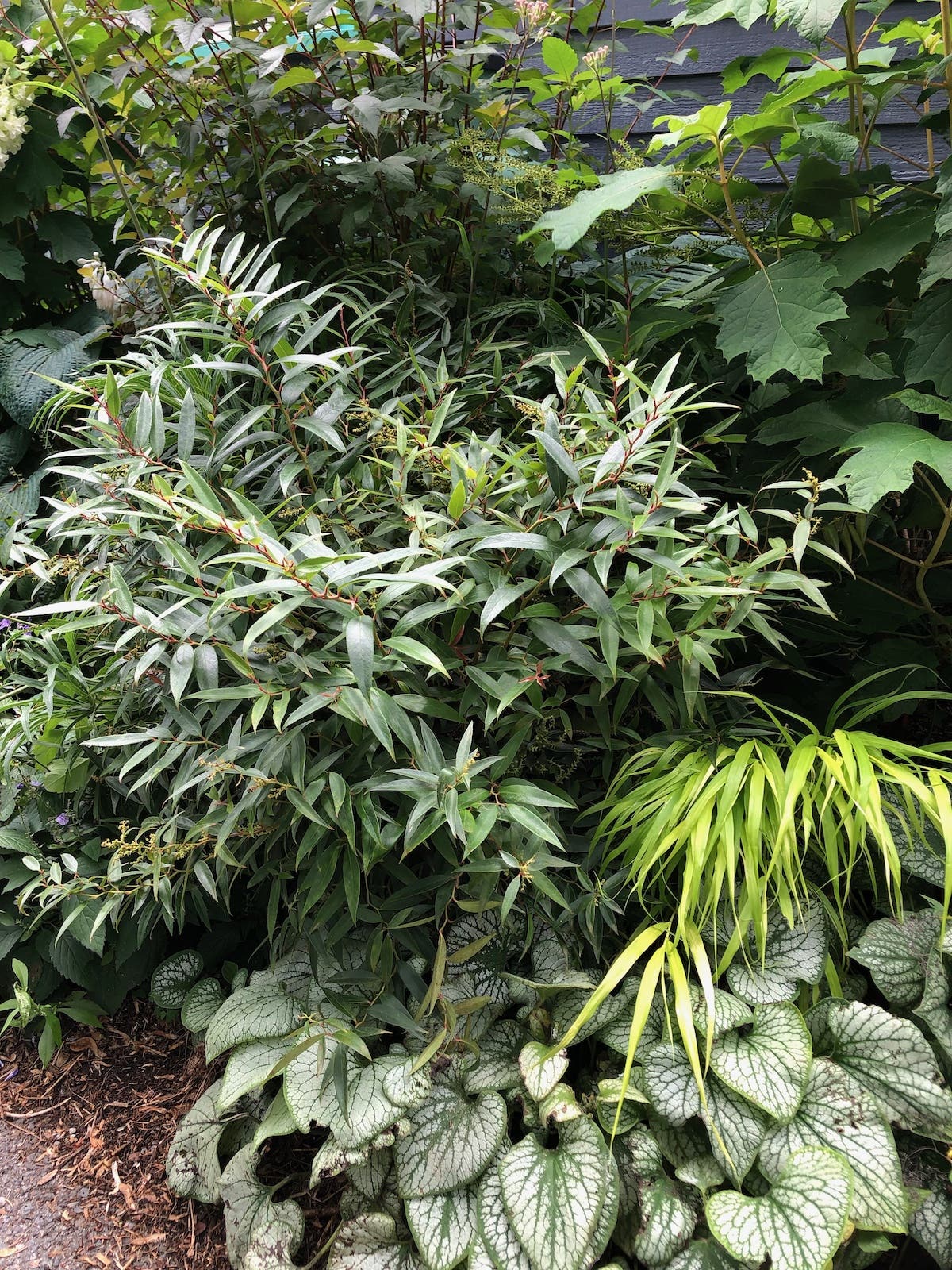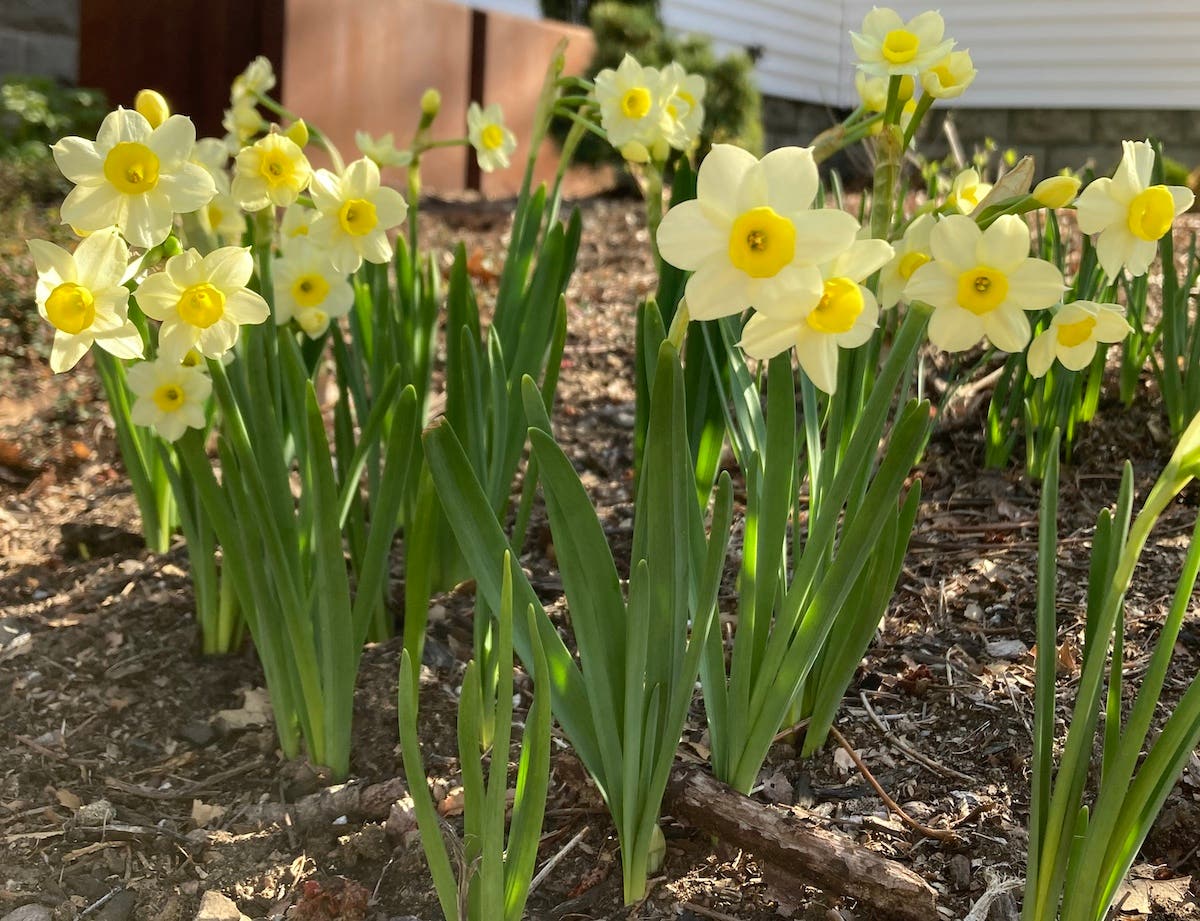I like tough plants, and New York ironweed (Vernonia noveboracensis) is a great example of a plant that can hold its own in a wild and deep border. It’s also a rescuer of the garden when everything else is starting to go downhill in a dry August.
The intense, dark purplish red of the loosely branched terminal clusters really perk up the muted, dusky flowers of Miscanthus and the coppery seed heads of the plume poppy, and make the whole picture vibrant again. It’s a plant that quietly holds its place at the back of the border, blooms for quite a long time and looks fine with its seed heads left on all winter, to nurture wildlife. It’s much beloved by pollinators. In a comfy spot the plant could reseed too much, and should be deadheaded.
An East Coast native, ironweed is hardy in USDA Zones 4–7. It can handle quite moist to quite dry soil, once established. It likes sun, but can take the encroaching shade of close neighbor plants. If your soil is rich, the flower heads might get top-heavy and need to be staked, or you could decide that they seem friendly all tangled up in each other, and forget about the staking.
I like to use it in meadowy flower arrangements, where it holds up admirably if picked early in the morning. It deserves to be admired in a vase every now and then, a reward for being taken for granted most of the time.


